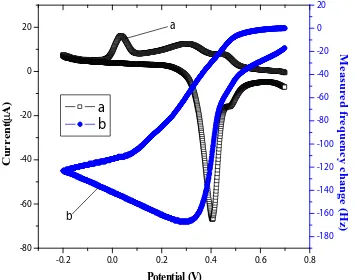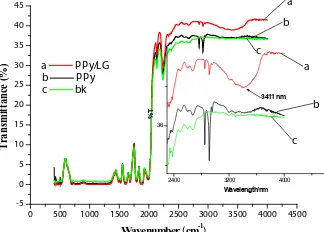Electrochemical study of Conducting Polymer/Lignin Composites
Full text
Figure
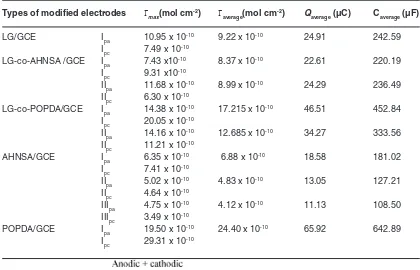
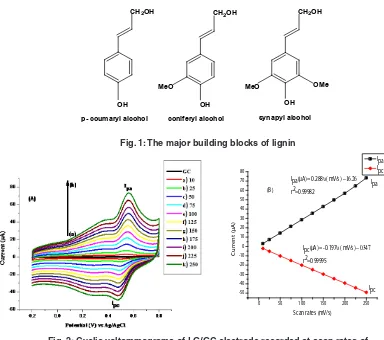
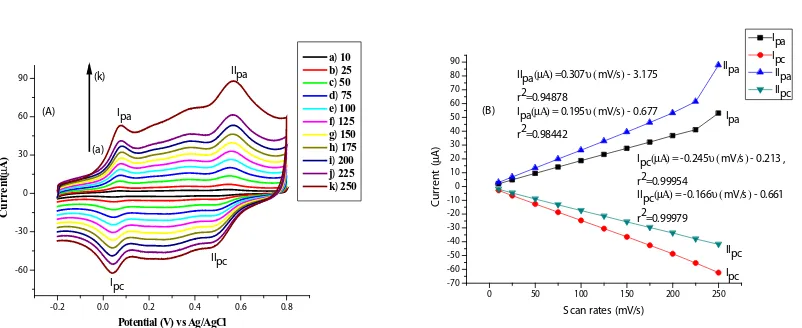
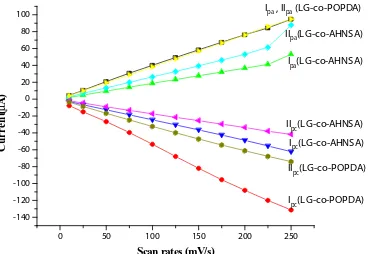
Related documents
In vitro and in vivo experiments indicated that the iDPP/ LHPP nanocomplex signi fi cantly inhibited the melanoma growth without causing notable adverse effects.. We also found that
Our case study is based on the official DOM standard, the compliance test suite provided by the authors of the standard (which is used by browser vendors to show that their
Direct electron transfer reaction of cytochrome c has been obtained at a cadmium oxide nanoparticles modified electrode. These nanoparticles helped cytochrome c to
Results: Atomic force microscopy-based force spectroscopy measurements showed a significant decrease both on the fibrinogen–erythrocyte binding force and on its frequency
This suggests that electrochemical reaction is difficult on the deposited electrode surface and Fe-Ni-Cr alloy deposits presents better corrosion resistance.. (A)
At an activator dose of 3 wt.% sodium metasilicate (Figure 2A), increasing MgO content resulted in increased cumulative heat release during the first 100 h of
If, on the other hand one’s ethical standards compel acting compassionately toward others (feed the hungry, give drink to the thirsty, welcome the stranger and visit the
The first sub-model, inputs the constraint layers (environment, terrain slope, wind speed and wind energy resoure map) and compute the sustainable area which are the “free” areas
